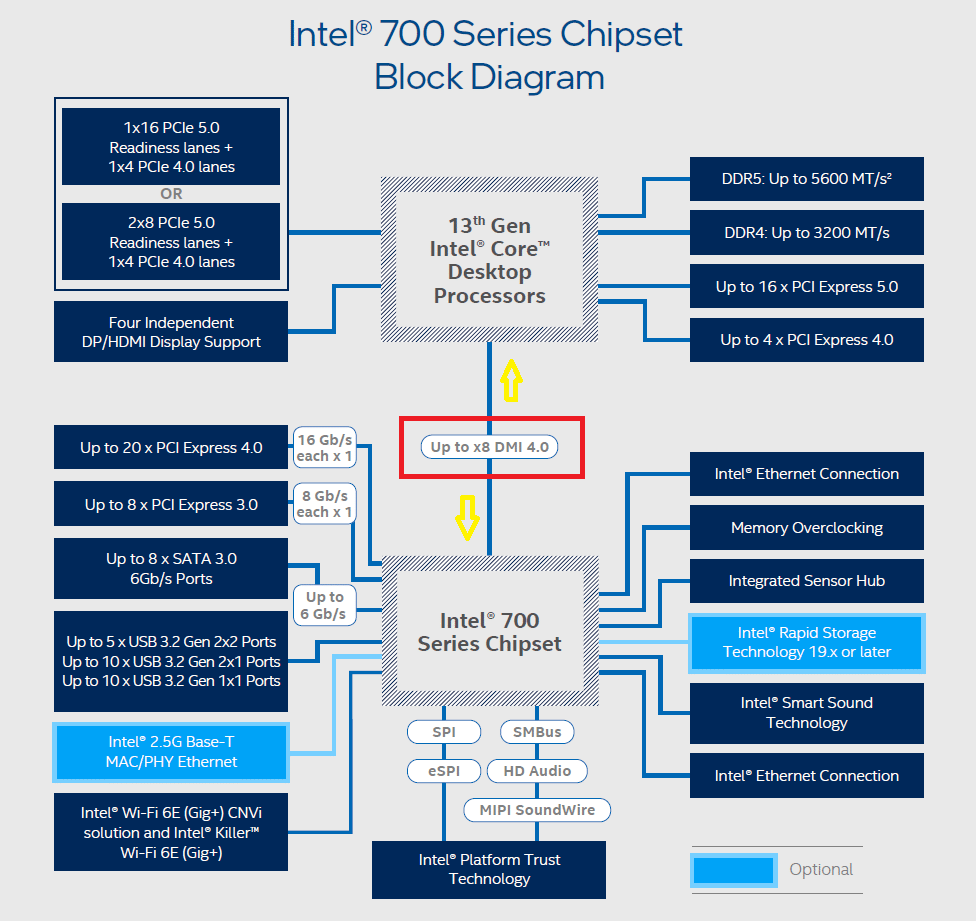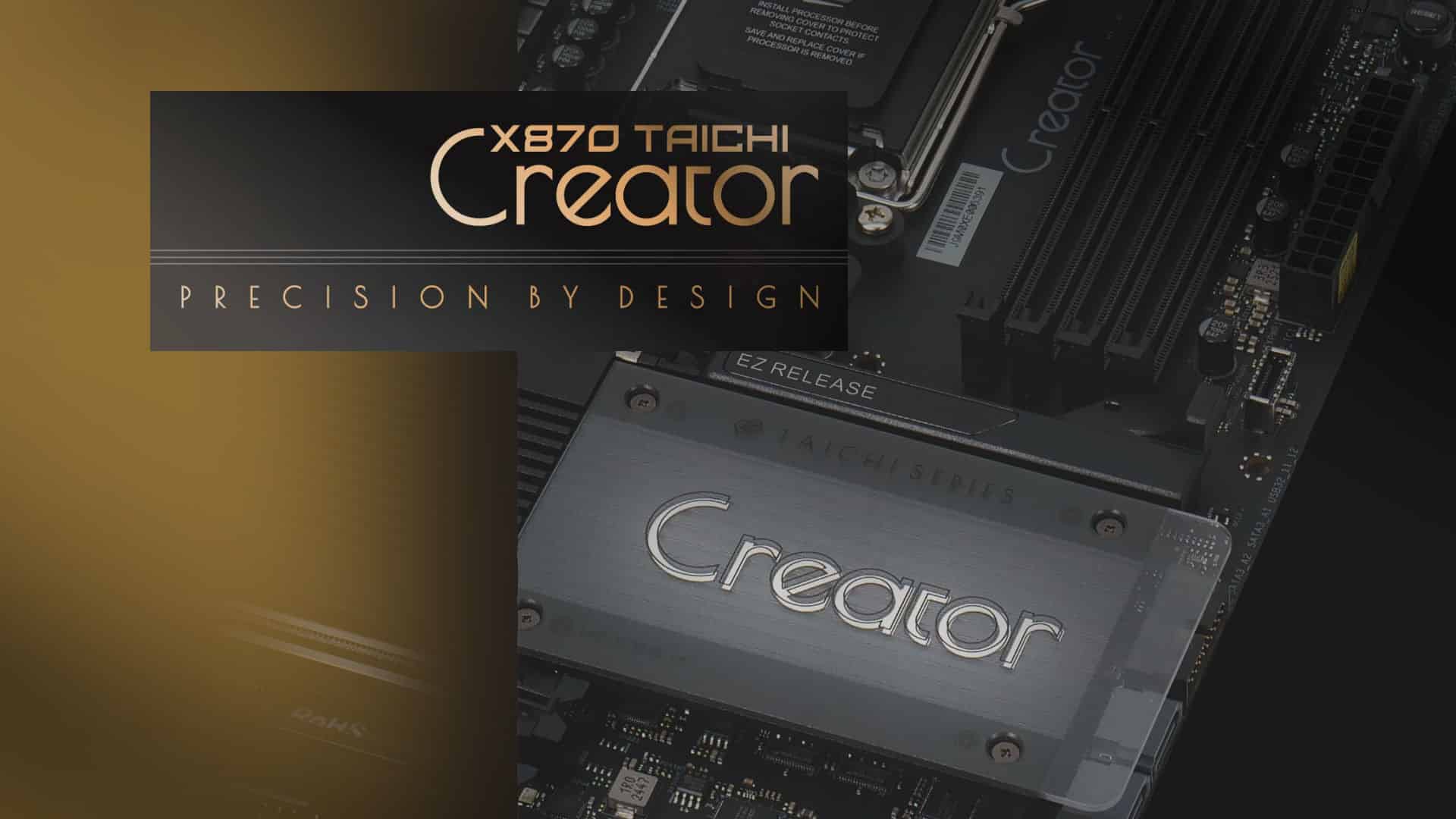Z790 vs B760 vs H770 Chipsets
The table below summarizes the major differences between the new-generation chipsets. As you can see, the Z790 is by far the most expensive, but it also supports overclocking and has more PCIe lanes and USB ports.
| Chipsets: | Z790 | H770 | B760 |
| Launch Date | Q4 2022 | Q1 2023 | Q1 2023 |
| MSRP | $57 | $36 | $33 |
| CPU Overclocking Support | Yes | No | No |
| XMP Support | Yes | Yes | Yes |
| Chipset PCI Express 4.0/3.0 Lanes | 28 | 24 | 14 |
| Maximum SATA Ports 6.0 GB/s | 8 | 8 | 4 |
| PCIe Port Configurations | 1×16 + 1×4 or 2×8 + 1×4 | 1×16 + 1×4 or 2×8 + 1×4 | 1×16 + 1×4 |
| Max USB 3.2 Gen 2×2 Ports (20Gbps) | 5 | 2 | 2 |
| Max USB 3.2 Gen 2×1 Ports (10Gbps) | 10 | 4 | 4 |
| Max USB 3.2 Gen 1×1 Ports (5Gbps) | 10 | 8 | 6 |
| Max USB 2.0 Ports | 14 | 14 | 12 |
Pages:




Sorry, but those numbers cannot be correct. B760 has no OC, enforced power limits, thus 241W to the CPU for a max of 56 seconds.
That would explain the VRM and CPU temps, because with that VRM, that cooler, and 350+W into the CPU, the VRM and CPU temps would not be that low even on Mars.
I have powenetics measuring CPU power consumption in real-time, throughout all tests. In gaming, the PSU doesn’t have to go full power, while in apps the difference is 10%! So the numbers are correct, yes.